This one’s been requested a lot. Many of you have asked how I found my way into the airline industry after starting down the conventional path. So here it is – my pilot career update. How I got here, what I did, and how I did it.
As you read, keep in mind that everyone’s journey is different. We want different things at different stages of life, and not everyone starts off with the same means and opportunities. I’ll share as much detail as I can in the hope that it helps you reflect, learn, and maybe make better choices for your own life.
This is a long one, so grab yourself a cup of coffee.
Table of Contents
ToggleThe Beginnings
I wasn’t a particularly bright student in school, just about average. I came from a typical middle class family with a small business. Naturally, it was expected I’d join the family business. I wanted to fly planes since I was 6 but any talk of becoming a pilot was brushed off as fantasy. It wasn’t until 12th grade that my family started taking me seriously.
Suddenly, there was a sense of panic. How do you even become a pilot? How much does it cost? Where do you train? All the usual questions, but where do we get the information? Like most people, we turned to agents.
In hindsight, they were excellent salesmen. They sold us a story about a country and a flight school so convincingly that we didn’t look for second opinions, ask former students or even do basic research. We were incredibly naïve.
First Major Career Decision
We were told I just needed to be 18 to get a Commercial Pilot License (CPL). They never mentioned that I’d have to convert my license if I ever wanted to fly in India, or the academic requirements like needing 10+2 with math and physics. So, what did I do?
I left for South Africa to join a flight school and chase my dream, without completing 10+2.
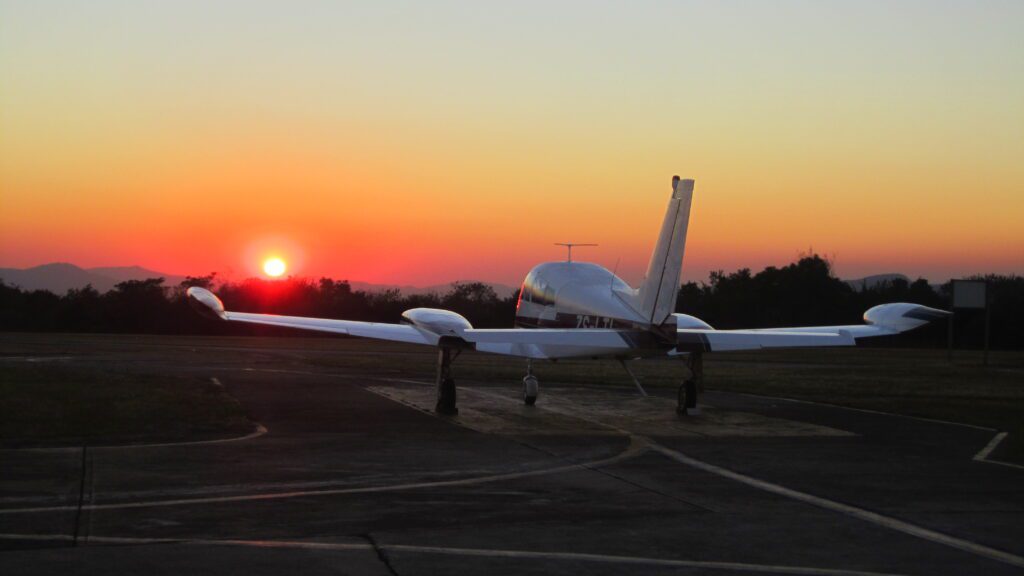
Click here to read my blog about finding the best flight school.
As for payments, the agents said we didn’t need to pay them a single penny. According to them, the flight school would pay them from the profits made. Awesome right?
I Joined A Flight School
The first few days in South Africa were wonderful. (click here to read about it.) But soon, the agent’s lies unraveled. Take food for example. I was told three meals a day were included – turns out, they weren’t. Either I had to cook for myself or pay extra. We were misled about a lot. The school was nothing like what we had been led to believe.
Talking to other Indian students is when I discovered I needed 10+2 with math and physics, and I’d also have to convert my license. To say I was shocked, would be an understatement. Then came fear – I still had to tell my parents about the massive mistake we’d made, one that I had pushed upon them and now it was here to bite.
When my parents came to visit, they reviewed the financial records and discovered a significant amount was missing under my name. When we confronted the school, they explained it had been sent back to the agent as their fee. Apparently, that was their arrangement: the school receives the payment and sends a portion back to the agent.
Welcome to aviation – an industry riddled with scams.
Thanks to the agent’s lies, inflated costs, and my own lack of financial planning, we ran into serious money problems before I could even complete my CPL.
Click here to read my blog about how much it truly costs to become a pilot.
The flight school was kind enough to let me stay in their housing, but I had to manage everything else on my own. Training came to a halt. But this phase taught me something far more valuable: how to plan financially, think long-term, and ask hard questions. What will actually help my career? How can I repay loans faster? What does financial independence really look like?
Second Major Career Decision
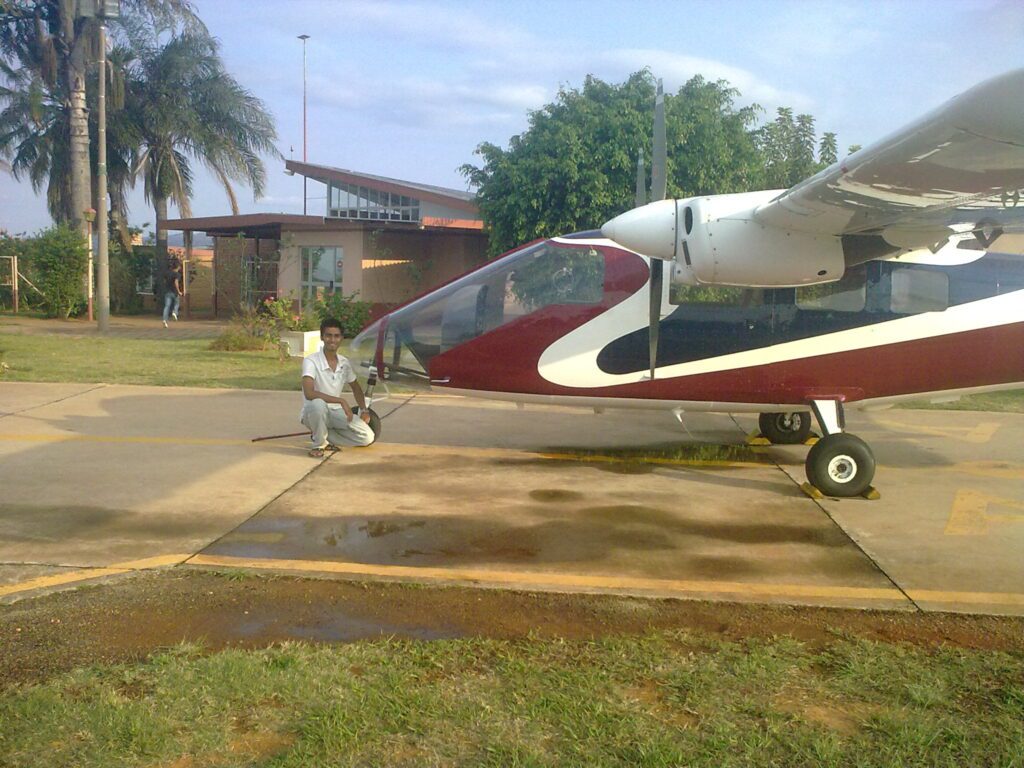
By the time my finances were back on track, the first decision I made was to skip the multi-engine rating. I used that money to become a flight instructor, which was cheaper. I decided not to do a type rating either. Something that was becoming very popular those days, and is somewhat a norm now.
First Job Of My Pilot Career
I had made a deal with my flight school to stay on as an instructor. For the first few months, I had to focus on ground school – to improve my skills to teach, in a low-stress environment. At the same time, I was also preparing for the NIOS exams for the 10+2 requirement.
If you remember, I was never great in school, so studying concepts like differentiation and integration again – on my own – was incredibly difficult. A few months before the exams, I returned to India to get help. By the time I completed the exams and returned to South Africa, the flight school had shut down.
Third Major Career Decision
I had to start job hunting all over again. Eventually, I got hired by another flight school. It was small, with barely any regular students – but something was better than nothing. Alongside that, I took on freelance flying gigs like ferrying aircraft and acting as a day charter pilot.
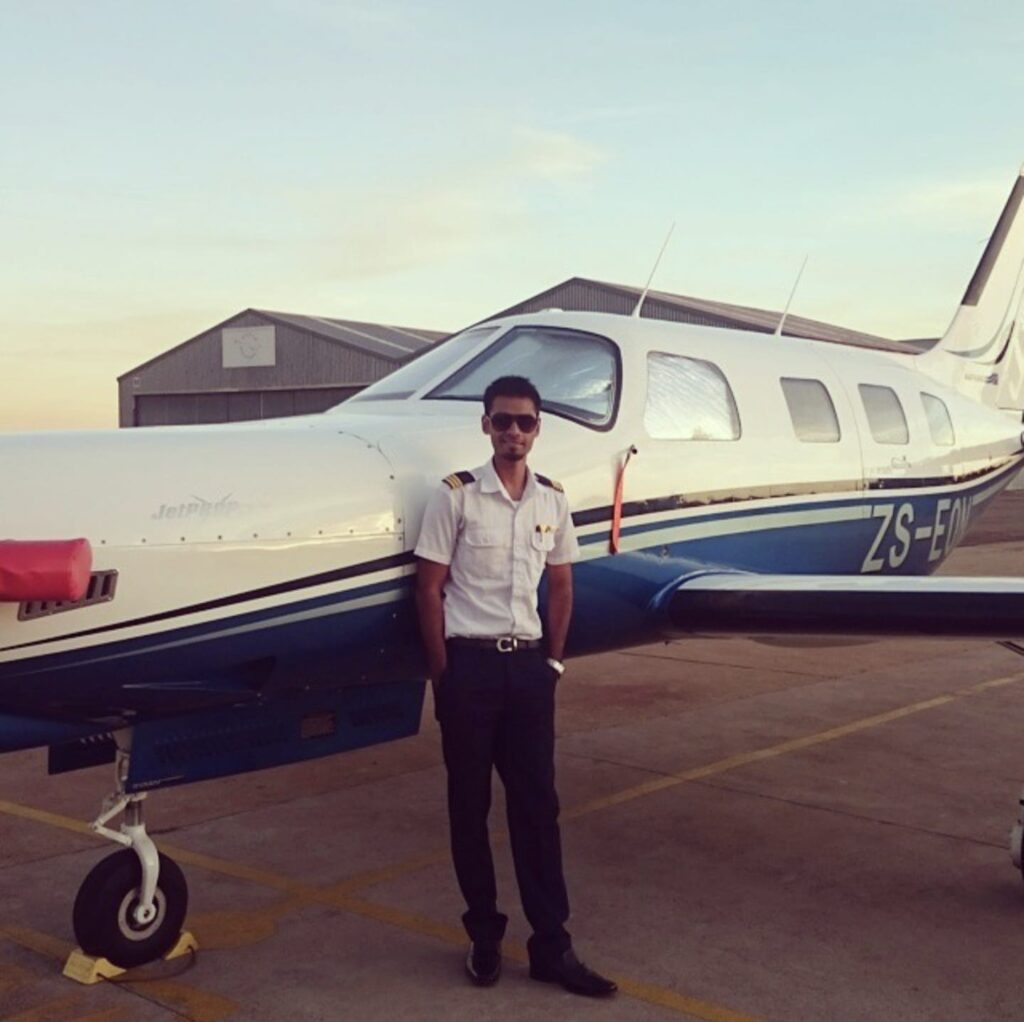
Most of these didn’t even pay, but I did them anyway. I knew the flight hours was more valuable than money at that stage. Every hour in the logbook counted. That experience would eventually help me to move up to bigger aircraft – without paying for expensive type ratings.
It was a slow and steady strategy. Minimize costs, gain experience, and gradually repay my loans to become debt free.
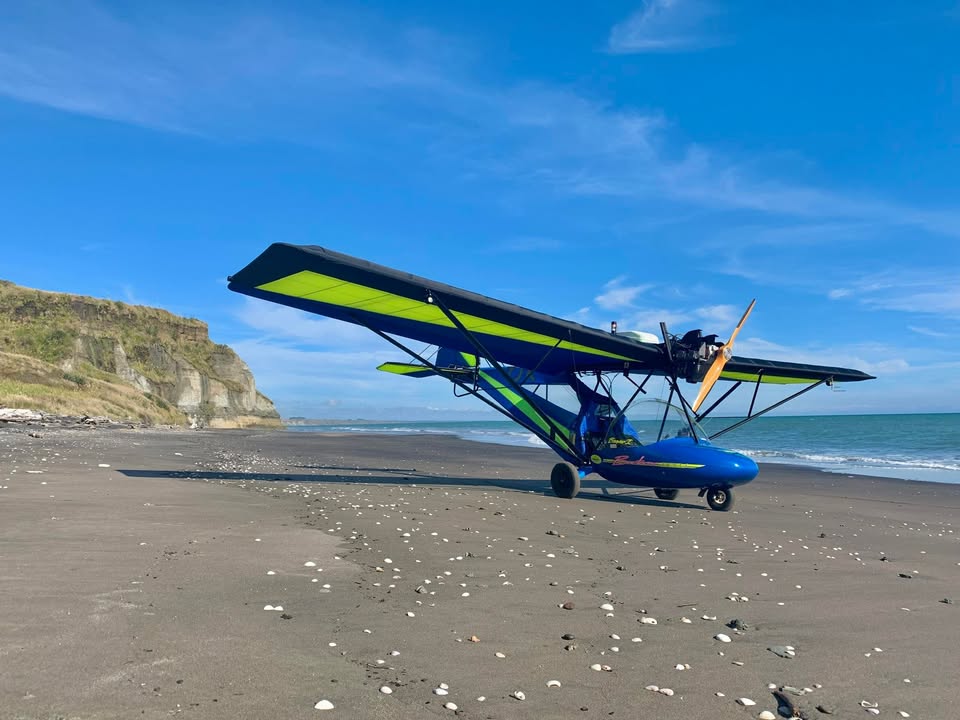
This was a memorable time. I flew aircraft like the Jabiru-Bantam, a weight-shift aircraft, and the Piper Mooney, the fastest normally aspirated single-engine piston aircraft.
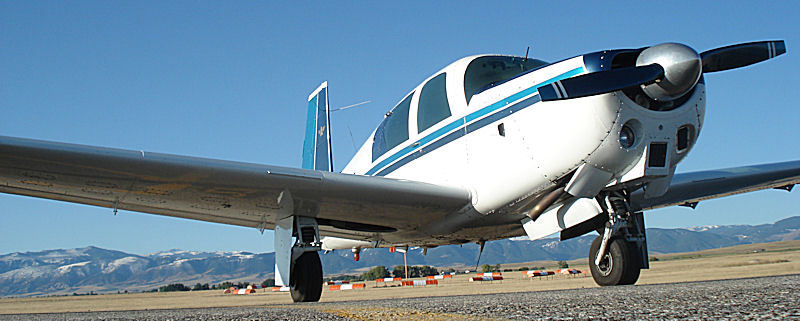
What made all this possible was South Africa’s simple type rating process for smaller aircraft. It only required a day of differences training and endorsements that took merely a few hours.
Unemployment In Pilot Career
Unfortunately, that job didn’t last long. Due to some circumstances, I had to return to India. Thus began the longest period of uncertainty in my career.
For the next couple of years, I worked in the family business, before eventually restarting my aviation journey. I began with my medicals and applied for a computer number. At this time neither eGCA nor parkisha existed.
The Class 2 medical assessment took months to arrive. And when I finally received it, my name was spelt horribly wrong. It took two visits to the DGCA office just to fix that. Meanwhile, I had also applied for a computer number. Oh! What a nightmare! The first application got rejected, and the rejection email didn’t even mention why. That section was blank, followed by a generic “rectify and submit again.”
After experiencing how efficient aviation systems were in South Africa – where things got done in days or even hours – this was deeply frustrating. Disillusioned by the bureaucracy, I decided to leave India and start applying for jobs abroad.
At that time, Kingfisher Airlines had shut down, and the Indian job market was dry anyway.
Click here to read my blog about understanding Indian Aviation.
I applied everywhere I was eligible around the world. One of the offers I received was to fly the Beechcraft King Air 350 in the Democratic Republic of Congo. But recent to that time, an Indian pilot had been kidnapped there – a story that was still fresh in the news. Naturally, my parents were uncomfortable with me going.
Then came an offer from a Canadian flight school. Just as I applied for the visa, the school had a crash. An investigation by Transport Canada, found falsified documents, and the school was shut down.
Fourth Major Career Decision
Around the same time, I also received an offer from a flight school in the Philippines. I wasn’t too keen as there were stories and rumors about flying there that made me hesitant.
But luck wasn’t on my side. There were no other options. So I took this job.
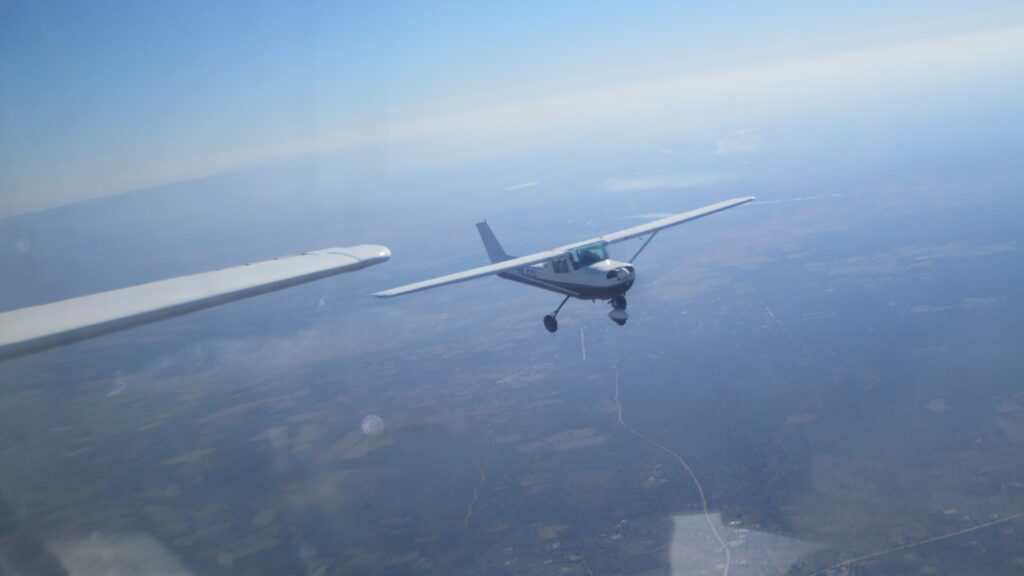
I asked myself: How long am I willing to sit at home? How long will this license conversion process take? A process I couldn’t even understand. Every day I spent at home was a lost day, lost salary, and more importantly lost flight hours. So I chose the only viable option: some job was better than no job.
The Prodigal Son Returns (Again)
Living in the Philippines, made me realise I wanted to return home one day. While many of my colleagues secured airline jobs there, I planned my return to India. People tried to discourage me: The DGCA exams are impossible to clear in one go. It’ll take years to convert your licence. There are no jobs in India. The work culture isn’t professional. The list went on.
I even interviewed with an airline in the Philippines – just to gauge where I stood – and got the job. It was a difficult decision to let it go.
When the job market in India had begun to open up again, I thought it was the right time to return. The first step was to apply for re-initial medicals and apply for exams. But a new twist from DGCA: uploading a photo and signature online.
In classic DGCA fashion, it wasn’t approved and I wasn’t informed. I only found out later when I couldn’t apply for the exam. That cost me three more months.
I began questioning whether I had made the right decision to return. But I pushed on, I had to get the license conversion done before re-evaluating.
DGCA Conversion Exams
The much-feared exams? I aced them on the first attempt!
Since then here’s what I’ve realised: these exams aren’t impossible. They become easier if you’ve flown first. The issue is the Indian system expects you to pass CPL level theory before any practical flying experience. There must be a reason why the rest of the world does it differently.
If you study by understanding concepts, instead of just memorizing answers, answering any question becomes easy. At least 70% of it does, and that’s all you need to pass. And more importantly, those concepts stay with you for life.
This also helps with interviews, ATPL exams and VIVAs too.
License Conversion
Back then, EGCA didn’t exist. Everything had to be done manually at the DGCA.
It took a few months just to receive a shortfall list. I sent in the required documents, waited, followed up via calls and emails, but nothing happened. Eventually I had to visit their office only to realize no one had even opened my email. From then on, I went to the DGCA office every week.
Click here to read my blog on how to convert a foreign license.
At one point, someone there told me I should’ve converted my license right after South Africa. They said – the fact that I had gone to the Philippines, was causing additional scrutiny.
What do you think I should have done? Let me know your thoughts in the comments.
Airlines Calling
While I was still in the middle of my license conversion, I got a call from Airline 1’s HR. I hadn’t even applied, but somehow they got my number. They were hiring First Officers and asked me to call back once my CPL was issued.
A family connection introduced me to a senior aircraft engineer at Airline 2. He said he could help me get an interview for a First Officer position, once my license was issued.
Click here to read my blog about airline interview process
I also cleared the trainee pilot exam for Airline 3. I was told that the next stages of selection would begin after I got my CPL. Later, I spoke with IndiGo’s head of hiring, and after reviewing my experience, they offered me the First Officer position – on both the Airbus and ATR fleet. Of course, nothing would be final until the license was issued, and I to clear all their interview rounds.
Fifth Major Career Decision
So with all these options more or less lined up, why did I choose the ATR?
Airline 1’s reputation was widely known, and I did not want to be part of that work culture. As for Airline 2, no formal offer had been made. In hindsight, Airline 2 shut down the same month I joined Airline 3.
Now, between the Airbus and ATR fleets:
First, the Airbus required a multi-engine endorsement. That meant – waiting for my CPL to be issued, applying for the multi exam (which was held every three months), finding a flight school, completing the training, and again getting DGCA endorsement.
Second, I was expected to pay for my own type rating on the Airbus. The contract would only be signed after completing the type rating and getting the endorsement. I had made a firm decision long ago to not pay for type ratings. I wanted to stay out of debt.
PLUS all this would’ve taken time – and job markets change overnight in this industry.
The ATR, on the other hand, was a completely different story. The airline offered to pay for the type rating, and the contract would be signed before the type rating. Financially, this was the smarter choice for me.
Funny enough, just one day before signing with IndiGo, I got a call from Airline 4, offering me a First Officer position, also with a sponsored type rating. But by then, I had already made up my mind.
Would you have changed your decision and gone with Airline 4 instead? Let me know in the comments
Training Delays
As I mentioned earlier, the same month I joined airline 3, airline 20 shut down. This led to a wave of experienced pilots moving to airline 2, who were naturally prioritized for training. Since they had significantly more experience.
The ATR fleet was new at the time. There were only two Designated Examiners (DEs) available, so the number of checks that could be conducted was limited. This made the training process even slower.
Just as things started to pick up, Covid hit, and the world came to a standstill. The aviation industry quickly became one of the most vulnerable sectors in terms of job security. With almost no flying for months, airlines had to prioritize pilots who were already line-released when operations resumed.
As a result, it took almost another year before my training resumed.
The Impossible Decision
Soon after getting my CPL, the DGCA changed the ATPL rules: only 200 flying hours from abroad would now count towards the 1,500 hour requirement. When I joined IndiGo, I thought I was just a few months away from reaching that milestone, with only the exams left to clear. But with this new rule, it was like starting over, just like a fresh CPL holder.
The dream of becoming a captain felt like it was getting further away. Still, I kept my head down and pushed on.
For the next three years, I flew this incredible machine. I’ll admit, it wasn’t the easiest to fly at first. But once I got the hang of it, she flew like a big Cessna. The best part? There was no strict automation policy, so I could hand-fly her all the way up to 10,000 feet and below. I knew all the manuals really well, to the extent that I could recite procedures from memory, troubleshoot systems without flipping a single page, and even correct others when they misquoted information.
Eventually, I had all the hours, the knowledge, the experience and the ATPL to take the next step: command upgrade. But then came another twist.
The company’s new policy required all new captains to move to a base of their choosing for 3 years. At this point in my life, that felt difficult. I was settled. My family, my wife’s job, our children’s schooling, friends and our entire support system were rooted in one place.
Not long after, the company announced a new opportunity: transition to the Airbus 320/321 fleet.
I met all the requirements. But again, there was a catch. Due to my seniority, my transition would begin seven months later, and it came with a salary cut during the training period. Which could take upto 8 months, even though it was an internal change in fleet.
Sixth Major Career Decision
If I chose the captain upgrade on the ATR, it made financial sense. The raise would more than offset the delay in joining Airbus. But I’d have to move away for three years. And who knows? Company policies change all the time. There is no guarantee I’d still be eligible to move to the Airbus after those three years, or be able to come back home.
On the other hand, switching to Airbus meant not only sacrificing the opportunity cost but also accepting a pay cut. I would have to study 3 times as hard since I would have just 1 year as opposed to the 3 I had on the ATR, to be eligible for captain upgrade. But I’d stay home – with my family, my friends, and my life. It truly was an impossible decision.
In the end, I chose to move to the Airbus fleet – and that’s where I am today.
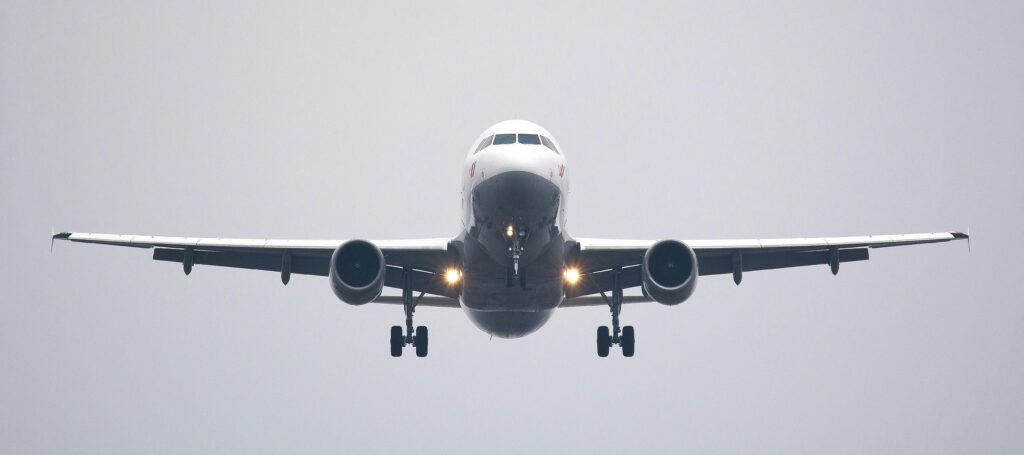
For the longest time, my decisions were driven by finances. But now, other things in life have taken priority. I think the older we get, our perspective about life changes. I’ve also realized that the captain title will come – when the time is right, and when I’m right for it.
Final Approach
If you’ve made it this far, thank you.
This wasn’t just a career journey, it was a journey of mistakes, growth, self-discovery and resilience. I’ve been misled, taken risks, faced uncertainty and even hit rock bottom at times. But through all of it, I never stopped moving forward.
Did I make all the right choices? Maybe not! Would I like to change any of them? Definitely! But the reality is that I cannot. In hindsight, I made the best decisions that I could, given the circumstances that I was in.
But that is the reason why this website exists.
So you can use all the information here to your advantage. So you can make better choices for you.
The aviation industry will test you. The system might frustrate you. People will discourage you. But if you can keep your head down, learn from every setback and stay honest with yourself – there’s always a way forward.
I hope this story helps you in some way – whether you’re an aspiring pilot or just someone navigating a difficult path in life, I wish you the best.
As for me – The journey continues – and I’m excited for whatever comes next.
These are of course just my opinions based on my experiences and gained knowledge. Differences in opinion are welcome.


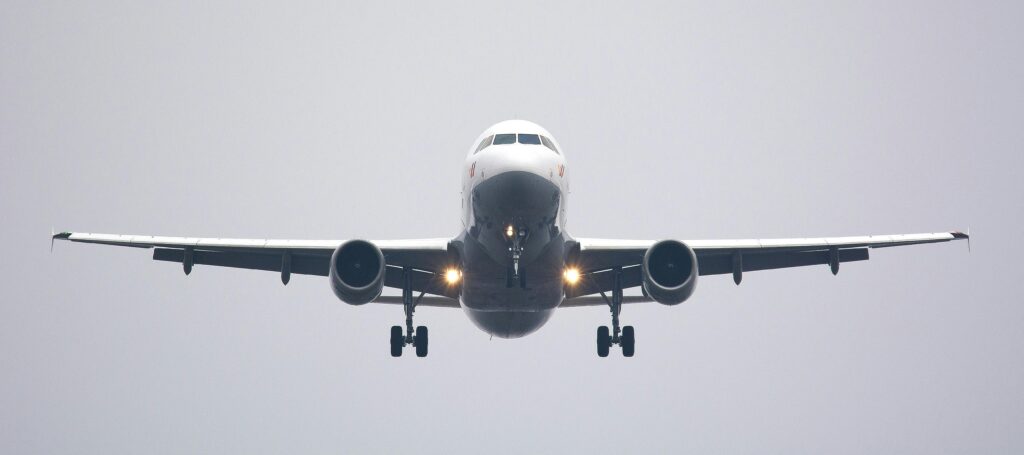

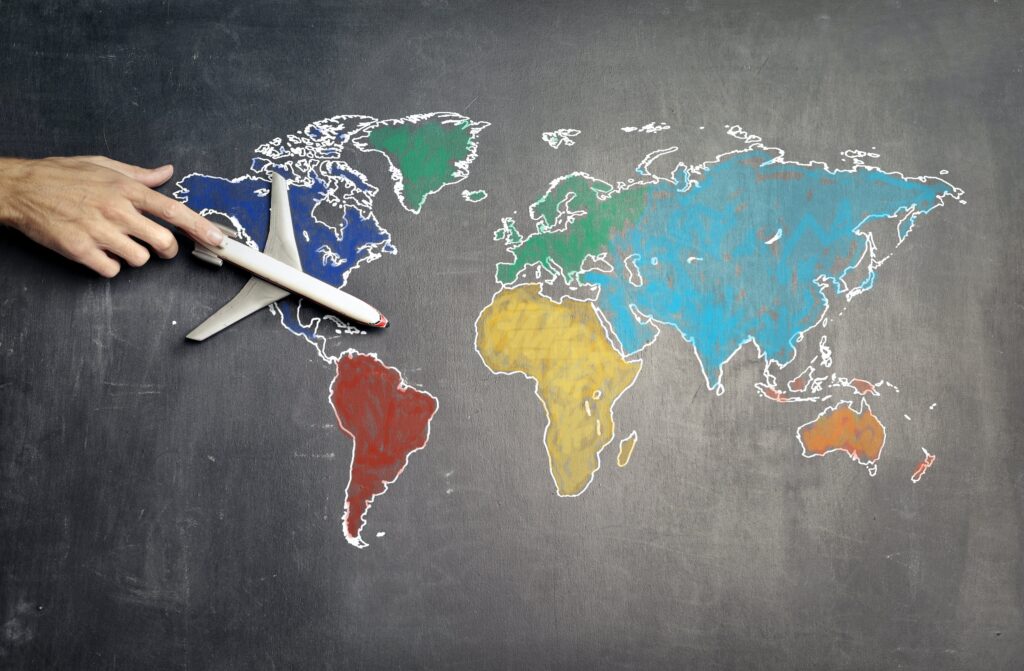
Hey Abdut, this was a thrilling read to say the least. Something worthy of its movie, or docu-series, perhaps. The vivid descriptions of the kind of flying you did, anything that came your way, and how you dealt with hardships are truly motivating. As an aspiring pilot currently stuck in limbo between multiple possible options and nothing panning out just yet, it teaches me that patience is key in this industry and that EVERYTHING takes excessively long. And as is the case with you, I have told myself repeatedly that it will happen when it has to happen. What was even more inspiring was the position you were in, repeatedly, to be able to say NO to certain job offers from airlines. That is the kind of person I would like to be, in that position. To be good enough to decide where you want to go, rather than take what you get. Unfortunately, the markets have been looking very grim lately, and I hope this changes by the time I complete my flight training and become employable. I have silently enjoyed and appreciated all the reads on your blog and hope that you continue motivating us readers. I wish you all the best and congratulate you on achieving your goals and fulfilling your childhood dreams. I hope to do the same.
Thank you for the lessons and teachable moments that you share!
I have 35 lakh can i join as a pilot
https://abdutunfiltered.com/cost-to-become-a-pilot/ this should help answer your question
I’ve recently found your blogs and have been reading them nonstop for the past hour when I should really be studying for my meteorology exam. Haven’t felt a rollercoaster of emotions like this in a while, it was heartwarming, eye-opening, scary, exciting all at the same time. Brought me some sort of solace knowing I’m not the only one who struggles with unsurety in this industry and the curveballs it throws your way. Thank you for imparting your experiences and knowledge, means a lot